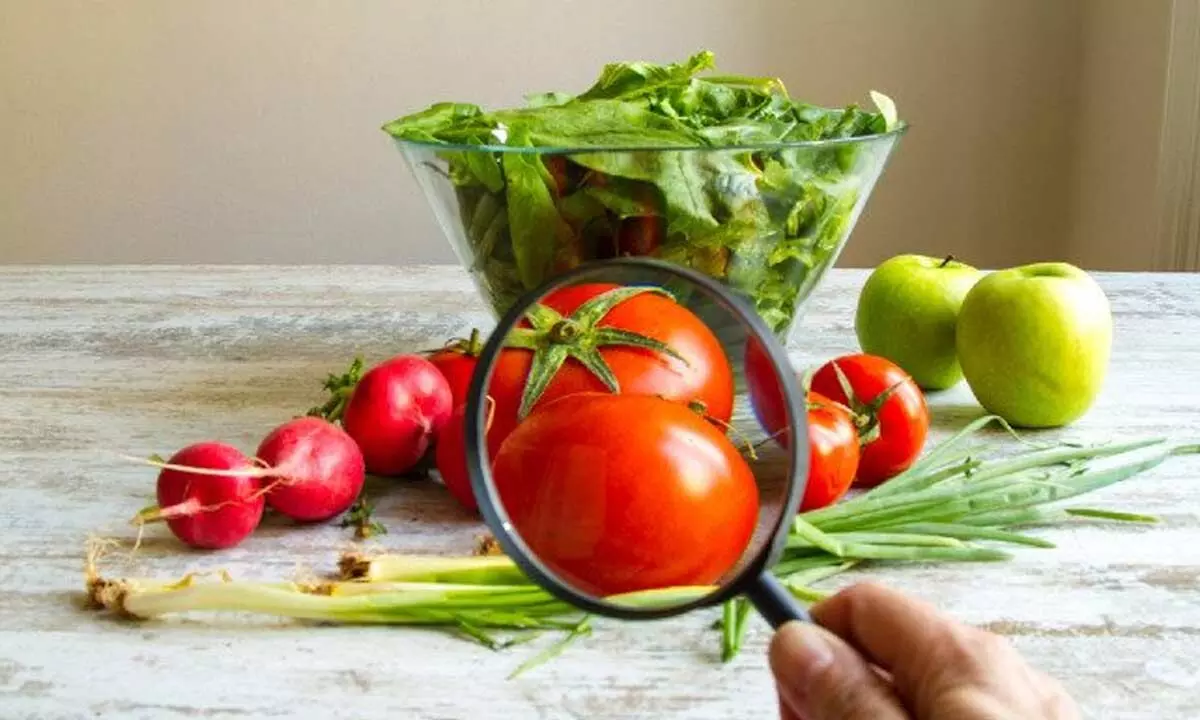New sensor can detect toxic chemicals in food

New sensor can detect toxic chemicals in food
The detection method can monitor formaldehyde in real samples, including preserved fish and chicken. It can also quantify other analogues in honey such as methyl glyoxal (MGO). We have used a simple optical method, especially fluorescence, to detect formaldehyde.
New Delhi: Researchers have developed a new cost-effective sensor that can detect toxic chemicals such as formalin in food samples like preserved meat, fish and honey.
The team at Shiv Nadar Institution of Eminence Delhi-NCR noted that the chemical sensor for monitoring environmental pollutants offers a cost-effective, easy synthesis and excellent water solubility.
The chemosensor, described in the journal ChemComm, also provides good sensing ability to formaldehyde or formalin - a naturally occurring organic compound -upto 0.3 micro Moles (µM). According to the Food Safety and Standards of India (FSSAI) regulation 2011, formalin is not permitted for use in food. However, the chemical is often used as a preservative for fish and meat.
It is also used as a disinfectant for treating external parasites and fungi in aquaculture. The researchers noted that the sensor can discriminate the formaldehyde from other analogues spectroscopically in parts per million (ppm) concentrations. It also can be visually monitored at higher concentrations.
The detection method can monitor formaldehyde in real samples, including preserved fish and chicken. It can also quantify other analogues in honey such as methyl glyoxal (MGO). "We have used a simple optical method, especially fluorescence, to detect formaldehyde," Anumesh Samanta, Assistant Professor, Department of Chemistry, School of Natural Sciences, Shiv Nadar Institution of Eminence.
Low concentrations of formaldehyde can be detected by fluorimeter, and higher concentrations can be detected by the naked eye using a simple UV torch. This sensing method is easy and inexpensive for real sample analysis, including preserved fish and honey," Samanta said.
















